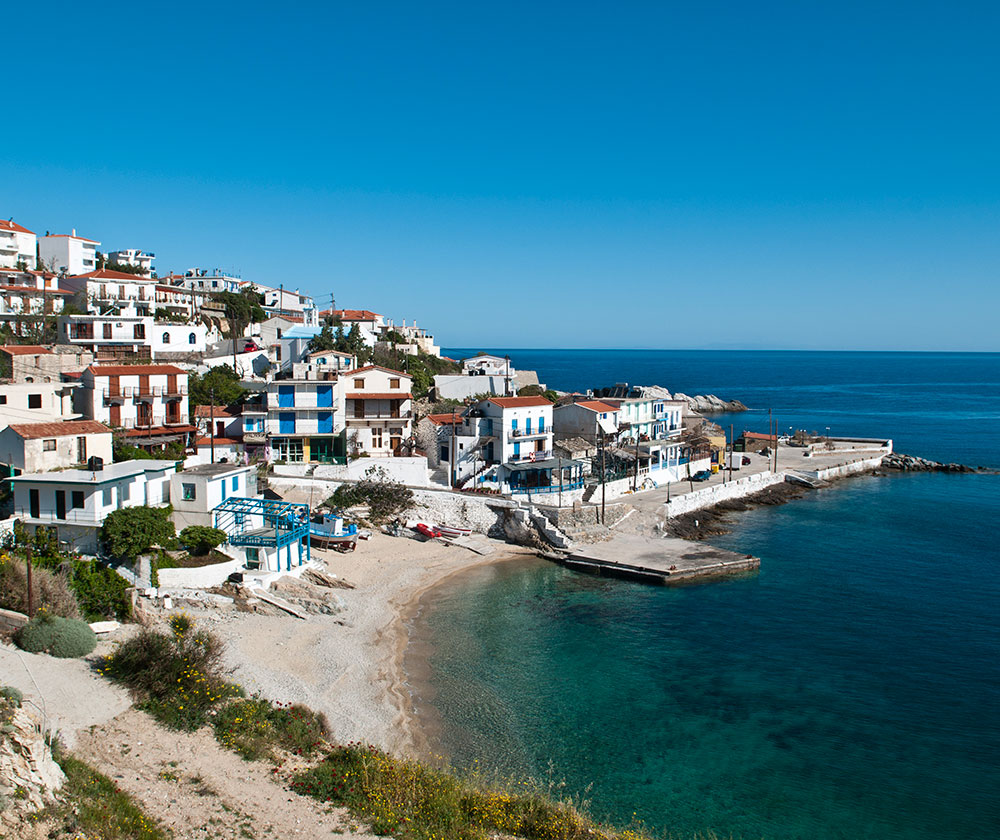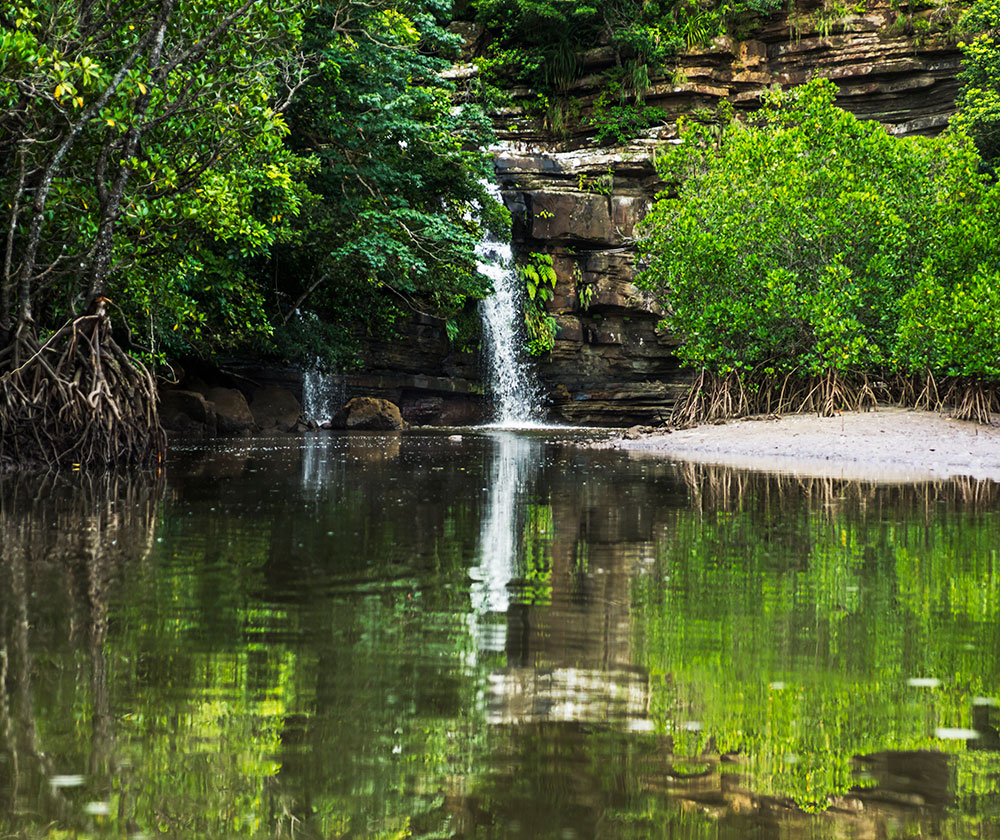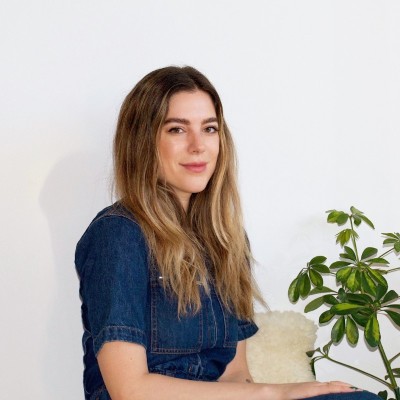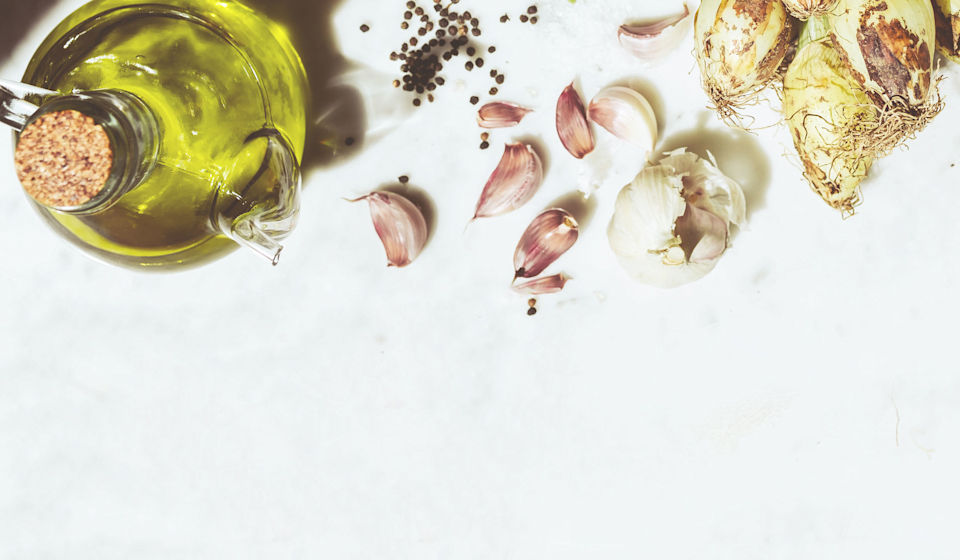Essential Takeaways
- Meet the Blue Zones: five regions around the world where residents reportedly live the longest, most healthful lives.
- From an emphasis on plant-based diets to viewing friendship as the utmost priority, there are certain lifestyle habits that these regions have in common.
In our modern culture, it can often feel like we're prescribed a laundry list of items in the pursuit of "wellness"—to work out for X amount of hours a week; to cut out certain foods; to work incredibly hard but also find the time to meditate every day.
But if we actually took a look at some of the areas of the world where people are truly living long, healthy lives, we might find that their approach to wellbeing is a bit different: less of a to-do list, and more of a way of life. It's walking and gardening instead of aggressively hitting the gym twice a day. It's enjoying local foods with a glass of wine, and viewing friendship as a sacred priority.
The term “Blue Zone” is used to describe five regions across the world where residents reportedly live much longer than the global average. It was first popularized by bestselling author and National Geographic Fellow Dan Buettner, who has partnered with demographers to compile much of the data around the quality of life in these regions, along with some of the commonalities these populations share. (1)
And that’s something worth noting right off the bat. While these Blue Zones span five countries and four continents, their residents do have several healthy lifestyle habits in common—from some of the foods they eat to their outlook on life. Could the habits favored by Blue Zones possibly serve as clues to longevity? Let’s dig in.

















